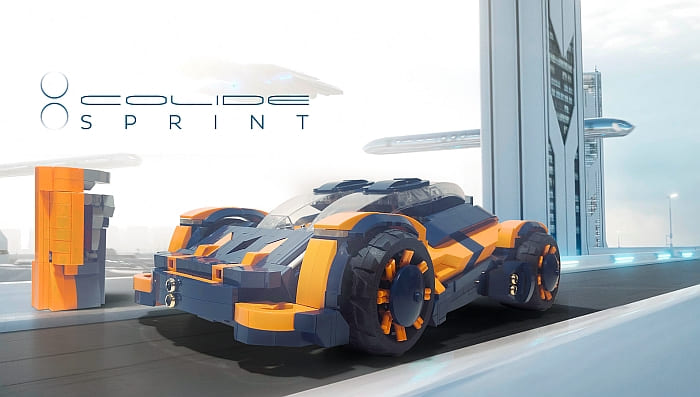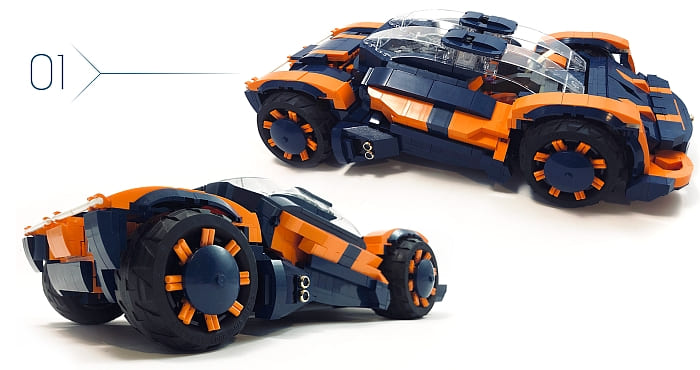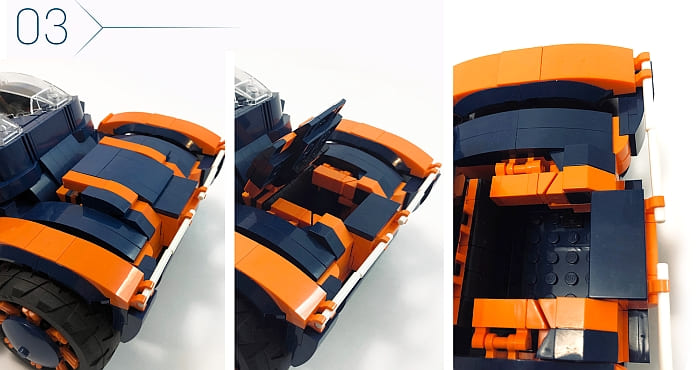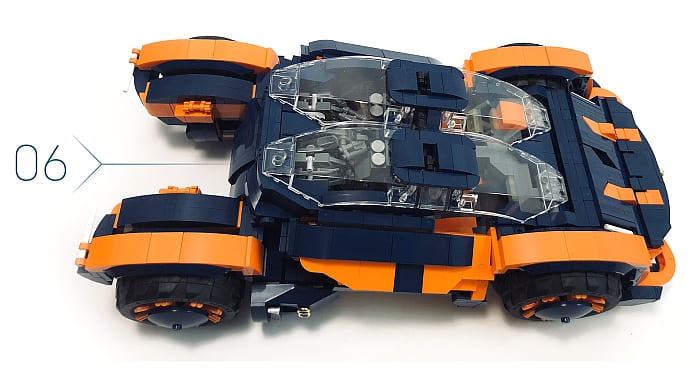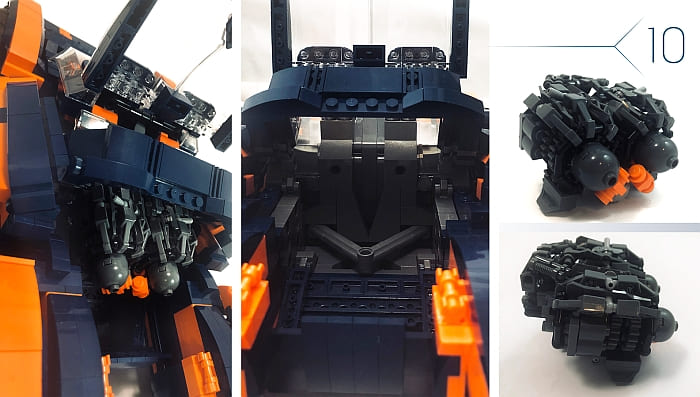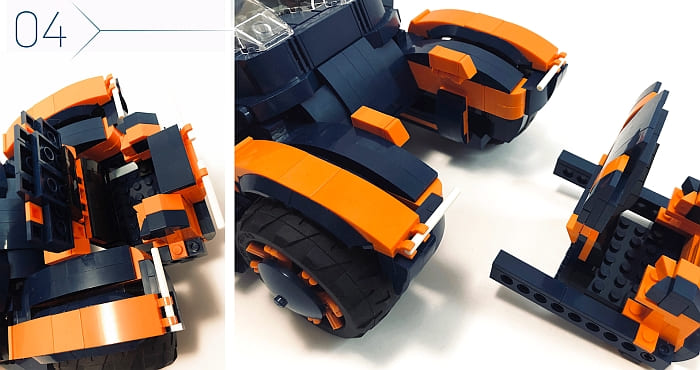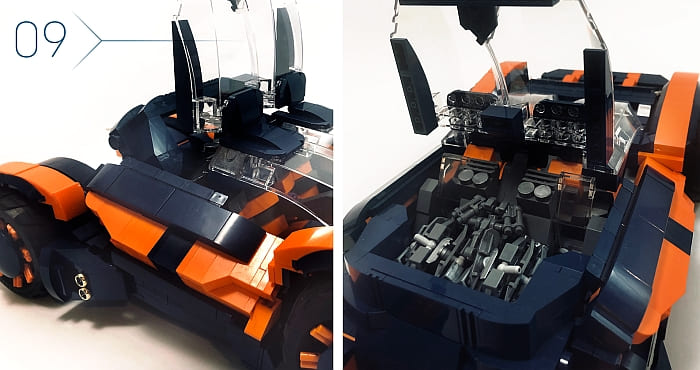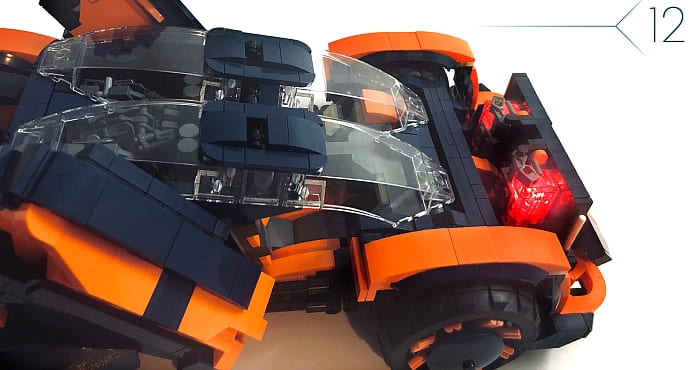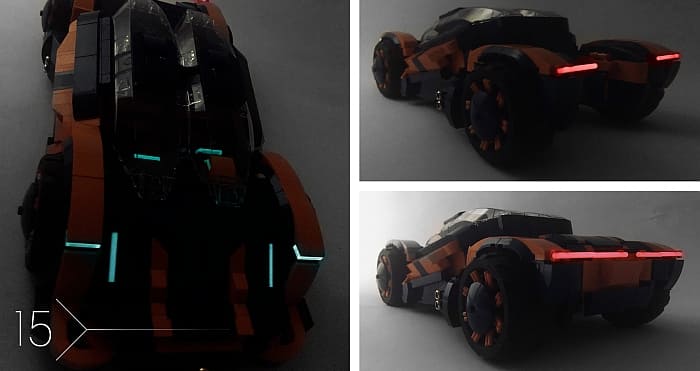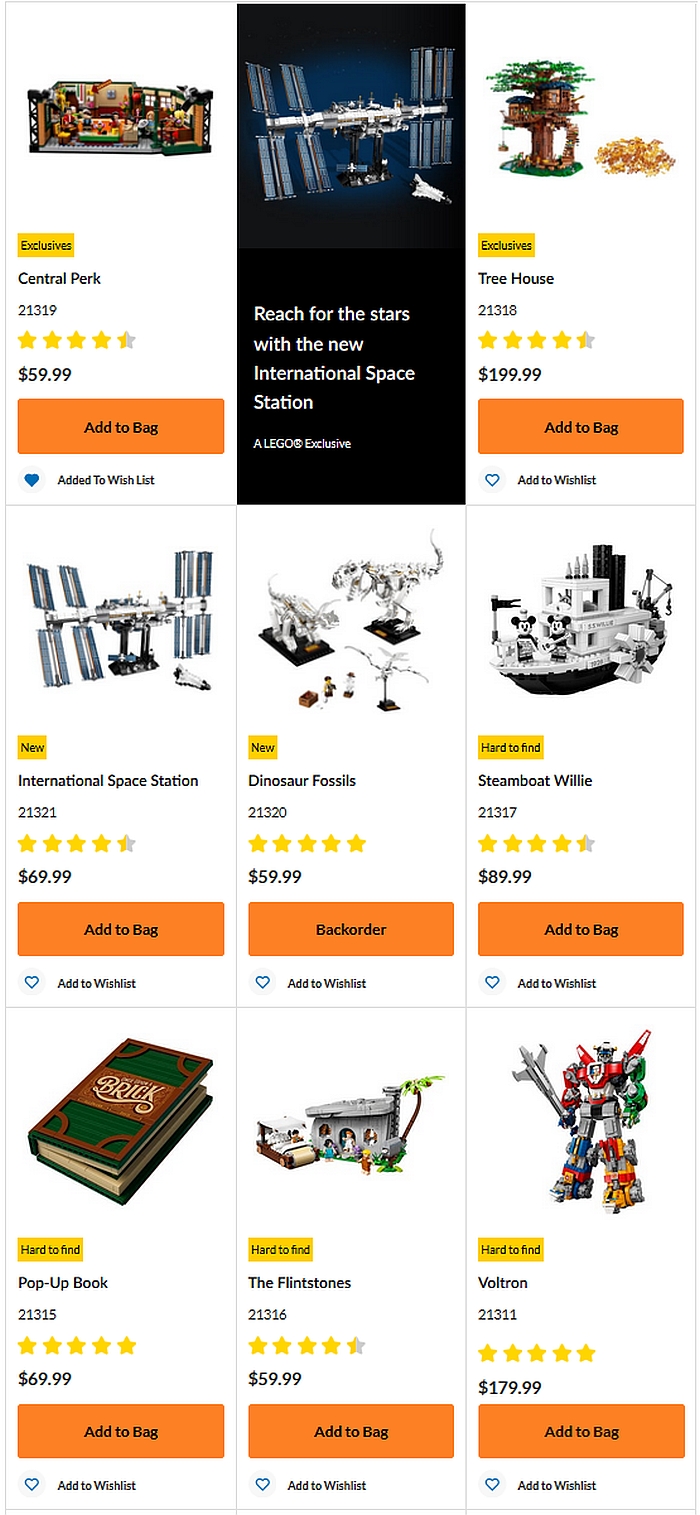(Written by William)
Recently, LEGO invited Recognized LEGO Fan Media (RLFM) partners to participate in RLFM Days where LEGO Ambassadors had the chance to connect with various LEGO departments, hear presentations, conduct interviews, ask questions, and share concerns with LEGO representatives. The event normally takes place in Billund each year, but due to the virus, this year it was conducted virtually.

One of the sessions focused purely on how adults are viewed in the overall strategy of the brand. In short, engaging adult fans is an area where a lot of growth has been happening and we can expect to see even more. This actually requires a great deal of work, as the perception of LEGO being for kids is a deeply ingrained belief of the general public. And it’s not hard to imagine why. LEGO is sold in the toy aisle, it is usually in brightly colored packaging, and all the major commercials and references we see in media have pointed to this direction. How then do you market a product to an audience who is not entirely sure they need what’s on offer? Let’s dig in and get an idea what changes are on the way.
WHAT ADULTS NEED
If LEGO plans to convince adults that their models are a necessity, then there needs to be a very real need that is being fulfilled. These needs can be summarized in two major ways. Mind you, this is an oversimplification, since there is still more to cover.
First, we as adults live in a hyper-connected world. We’re glued to half a dozen apps on more than one device. This fractured and frantic life-style is what drives a good portion of our day-to-day lives. We’re trying to convince ourselves this pace of interaction is what will bring about happiness.
However, it has been found that if we focus on a single task and become fully absorbed in said task, we end up with a much better sense of accomplishment. This practically describes most people’s experience when they build a complex LEGO set. And this, in turn, makes LEGO an ideal stress reliever.
The second need relates more to personal identity. Have you ever thought about why we choose what we choose to decorate our homes and work spaces? These decorations are an expression of ourselves. Therefore, that fancy pirate ship model or a highly detailed city scene allows us to do this form of self-expression. LEGO displays express the creativity of a person as well as their interests.
WHAT AN ADULT LEGO SET LOOKS LIKE
Through various studies, LEGO tried to identify what adults would recognize as something that catered to them. We have now seen some examples of this in action. If you are a longtime fan, you could probably spot these sets simply based on their size, packaging, and price point.
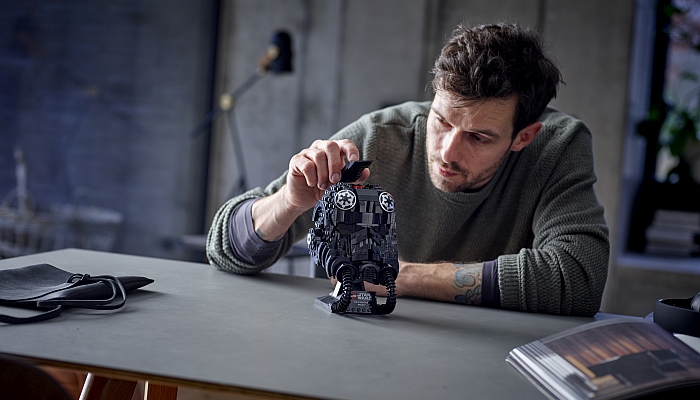
Some great examples of the new adult-focused packaging are the #10273 LEGO Creator Haunted House and the LEGO Star Wars buildable helmets. Their boxes are streamlined with the model image being extremely prominent with plain backgrounds. We can even spot the new 18+ age recommendation to further hammer this idea home.
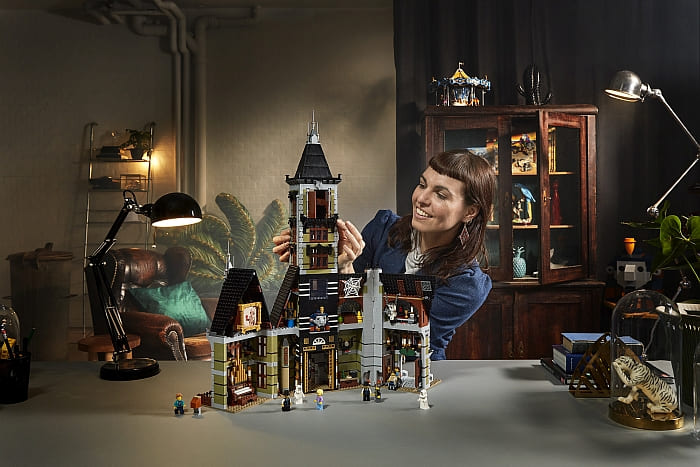
LEGO has also identified some key design topics that really resonate with adults. After all, if this is supposed to be a decorative display in someone’s home, then it needs to be based on something they really love. Sports, for instance, is a clear category for adults. We see it in the #10272 LEGO Creator Old Trafford – Manchester United stadium, as well as the high-performance vehicles in the LEGO Creator Expert and LEGO Technic lines.
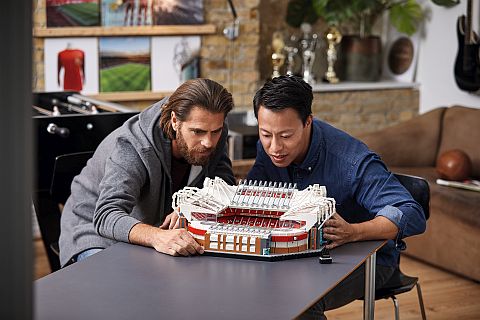
Another topic they have considered for adults is their popular classics. This is sort of a catch-all for the various sets that they’ve found adults seek out. Star Wars, Super Heroes, Harry Potter, Modular Buildings, and LEGO Ideas are just a handful of examples of what fit this category. It is not LEGO’s intention to alienate their existing fan base who currently love what they buy. The goal is to serve adults by focusing on topics they like, and making adult-oriented products visually appealing to adults.
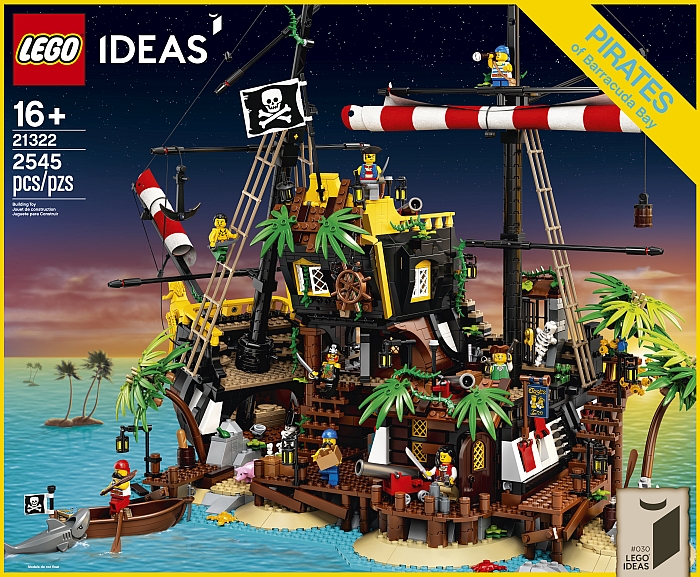
This doesn’t mean though that LEGO will try to stick adults in a box and all adult-oriented sets will always look the same. Consider the #21322 LEGO Ideas Pirates of Barracuda Bay. It has a very retro look to bring out the nostalgia angle. It’s an example of how creative LEGO can get even within their vision for adults.
FINAL THOUGHTS
As an adult fan myself, I am excited to see what will be heading our way in the future. I spend a good deal of money on LEGO, so I like the fact that what I buy is actually being designed with me in mind. I’m overjoyed with the new LEGO Modular Buildings each year. And I was blown away with sets like the #76139 LEGO DC Super Heroes 1989 Batmobile. And there’s still nothing to stop me from enjoying the sillier sets like LEGO Hidden Side.
What do you think? Do you feel there are LEGO sets made for you? And if you’re under 18, how do you feel about seeing an 18+ set in LEGO’s catalog? And do you think any of these changes LEGO is making to attract adults will change the mind of anyone who currently is not a LEGO fan? Feel free to share your thoughts and discuss in the comment section below!
And you might also like to check out the following related posts:
- LEGO Film: AFOL – A Documentary
- LEGO Interview on the Collector Show
- When the Dark Ages Creeps Up On You…
- LEGO Videos: What Does LEGO Mean to You?
- LEGO Video: Notes from the LEGO Tub
- AFOLs Are Created Not Born
- What is Your Goal with LEGO?
- A Lesson in LEGO Obsession
- Building LEGO Memories…
- How Did You Discover Your LEGO Passion?
- LEGO Book for the Brick-Addicted


